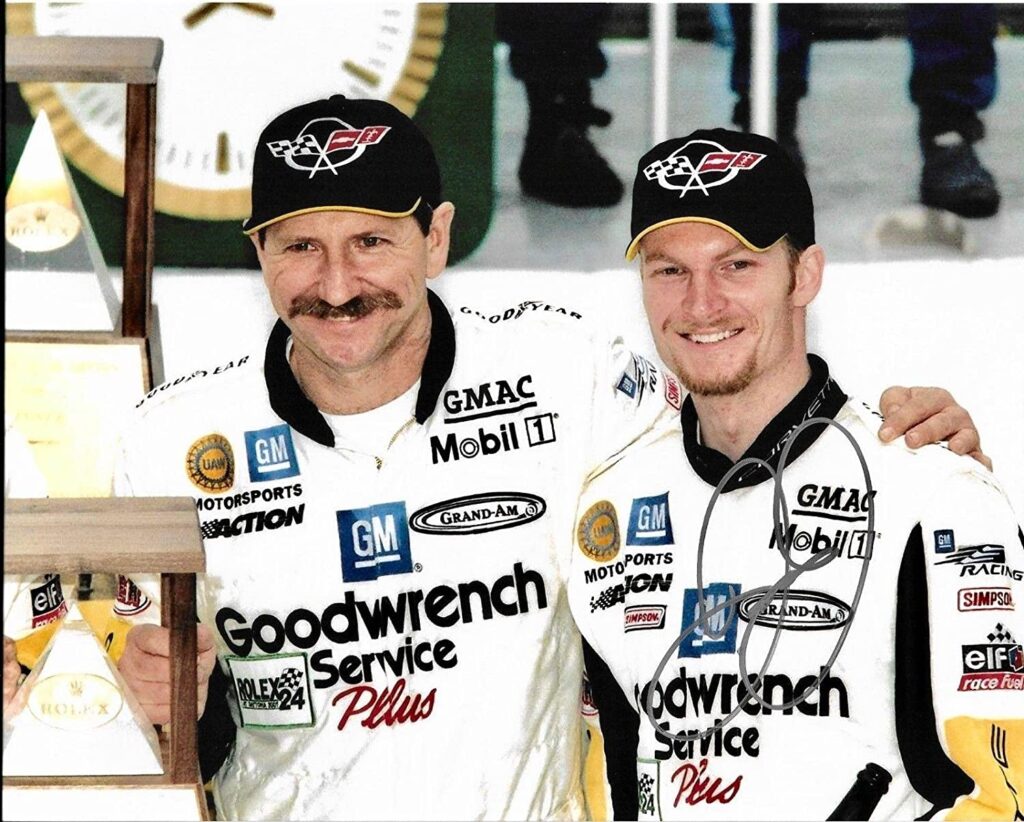Shakespeare Scholarship
Much of my Shakespeare scholarship focuses on theater history. What did original performance look like? What did it entail? What did it sound like? Because we have no images of original Shakespeare performance, I’ve often turned to church history and art history for clues about what original stagings may have looked like. For example, a recurring visual motif in the plays of Shakespeare and his contemporaries is the woman at a window. What did that image signify? In the article, linked below, on the icon of the woman at a window in early modern theater, I refer to many visual images of the era to read the stage picture symbolically. Similarly, in another article, also linked below, I address the issue of how listening for which words to emphasize in the verse can combine with the iambic pentameter to make the meaning clear and communicate it to an audience.
The religious connotation of many figures and passages in early modern drama has become lost to us through centuries of cultural change. But attention to religious images of the time, coupled with investigation of early modern readings of the Bible and conceptions of spiritual matters through the Reformation era, can shed light for today’s audiences on how Shakespeare’s original audience viewed many aspects of the plays. In “Wise Men, Folly-Fall’n,” I explain how characters named Antonio in the plays derive from the medieval hagiography and iconography of Saint Anthony of Egypt, a church father.

Shakespeare for a Popular Audience
I’m assembling a collection of essays for a general audience on cross-currents between Shakespeare’s plays and modern culture. Most recently, I published “‘Who will believe thee?’: What Shakespeare Shows Us about Sexual Misconduct in the Current Climate” (in Hinterland), which explores the quid pro quo sexual harassment in Measure for Measure as an instance that could have occurred yesterday. Have we made much progress on this front in the last four hundred years? Why does such bad behavior keep circulating? What can be done about it?
Other essays in the collection include “Big Love,” about the nature of love in Shakespeare’s plays and whether that love has relevance today (published in The Hudson Review), “Return Engagement: The Haunting of Hamlet and Dale Earnhardt, Jr.” (published in Shenandoah), and an essay in progress on Othello and the O. J. Simpson story.
“The Game’s Afoot: Sports and Shakespeare”
As a scholar and teacher of Shakespeare’s works for over thirty years, I’ve crafted a book for readers who may not even know they’re interested in Shakespeare or who find Shakespeare intimidating but who could become interested with the right incentive. “The game’s afoot”: A Sports Lover’s Introduction to Shakespeare,” which has just been published by McFarland Press, invites the sports enthusiast into each of seven plays through sports analogies. The basic idea is this: if you can understand the long-lived rivalry between the Lakers and the Celtics, you can appreciate the multi-generational feud between the Montagues and the Capulets.
The sports examples work in tandem with the analyses of the plays, although the book’s emphasis is ultimately on Shakespeare. The seven chapters each constitute a kind of introductory lecture on the plays. While the analysis is not over-simplified, it’s suitable for beginning students or for would-be playgoers who want some background before attending the theater. Chapters include:
“Ancient Grudges”: Rivalry in Romeo and Juliet and the Lakers versus the Celtics
“Glory like a shooting star”: Richard II, Over-confidence, and the “Miracle on Ice”
“The uses of adversity”: The 1988 World Series, Kirk Gibson, and As You Like It
“Even play of battle”: Henry V, Agincourt, and Super Bowl III
“I am the man!”: Twelfth Night and Women of Prowess
“Vaulting ambition”: Team versus Self in Macbeth
“Sea change”: The Tempest, Andre Agassi, and Second Chances


